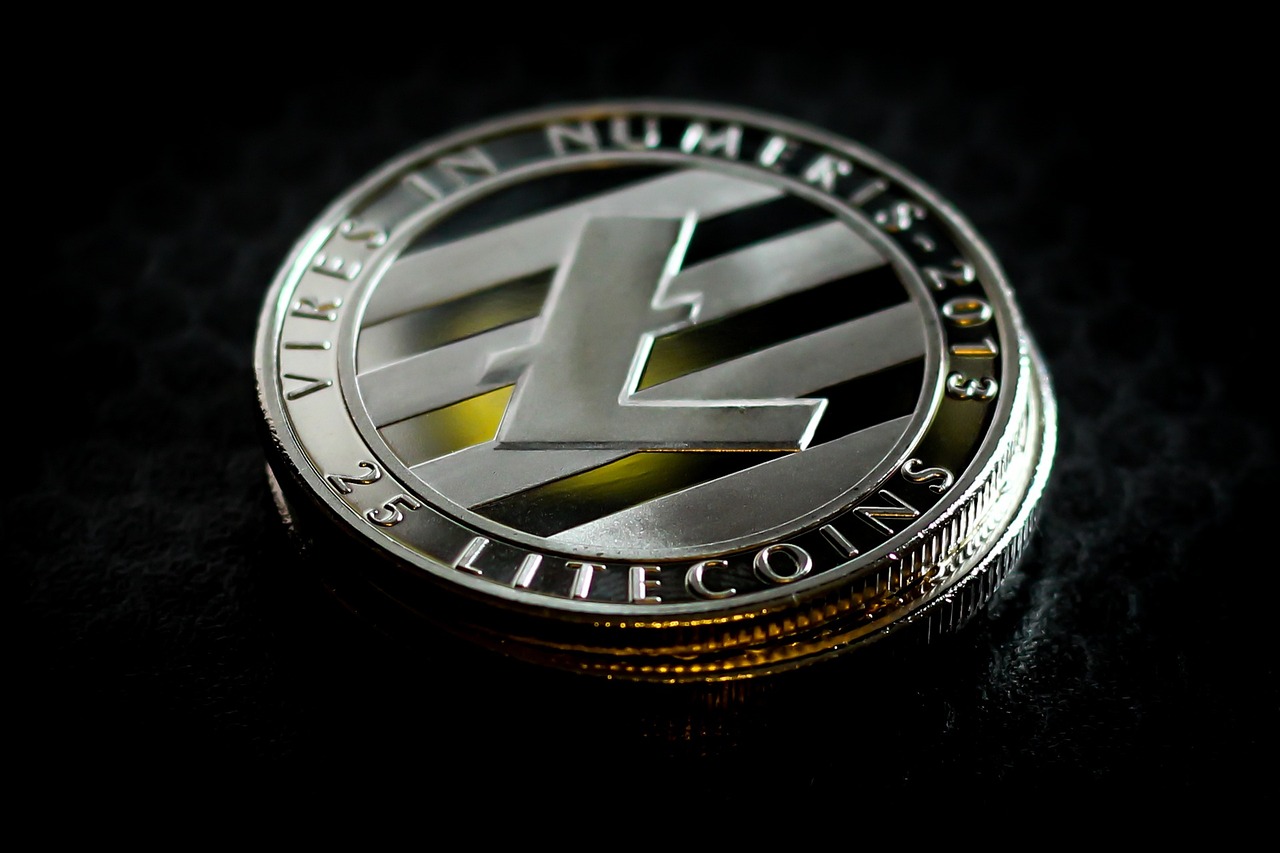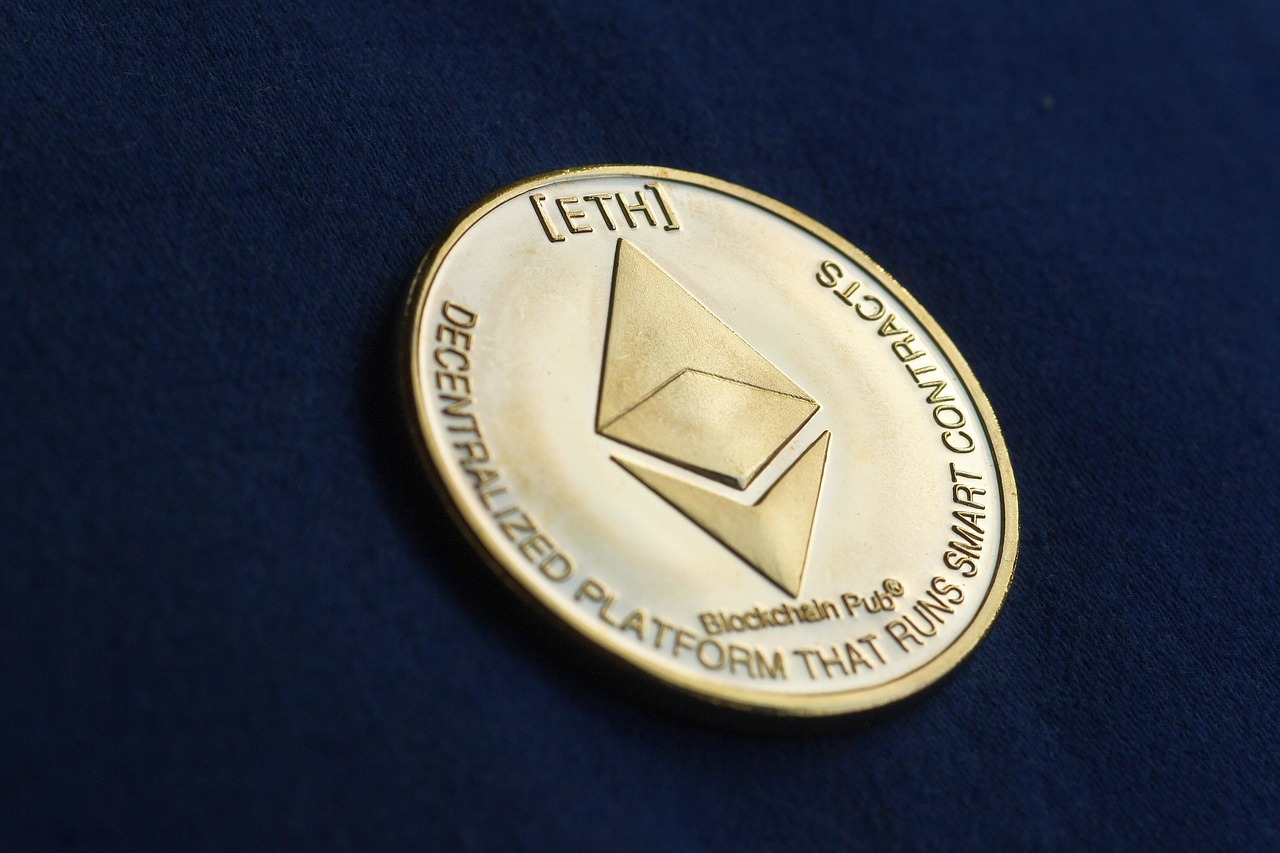Presentation
Somewhat recently, cryptographic money has quickly risen up out of the edges of the monetary world to turn into a standard subject of conversation and speculation. At the core of the digital money upheaval lies blockchain innovation, a decentralized framework that empowers secure and straightforward exchanges. Digital forms of money, drove by Bitcoin and Ethereum, have collected massive premium from financial backers, tech devotees, and even states. In any case, what precisely is digital money, how can it work, and what does its future hold?
This article expects to unload these inquiries by investigating the development of digital money, its hidden innovation, its cultural and monetary effect, and the difficulties it faces as it turns into a more necessary piece of worldwide money.
The Starting points and Advancement of Digital money
Bitcoin: The Principal Digital money
Cryptographic money, in its cutting edge structure, started in 2009 with the send off of Bitcoin by an unknown element known as Satoshi Nakamoto. Bitcoin was intended to offer an option in contrast to customary government issued types of money, resolving issues like expansion, monetary control, and confidence in focal specialists. Bitcoin works on blockchain innovation, which is a decentralized record that records each exchange across an organization of PCs (hubs). This straightforwardness and decentralization kill the requirement for middle people like banks, accordingly lessening exchange expenses and handling times.Bitcoin's center highlights — decentralization, shortage (with a proper inventory of 21 million coins), and obscurity — acquired it a religion like following, driving its worth from a couple of pennies to more than $60,000 at its pinnacle.

Altcoins and the Ascent of Blockchain Advancement
Bitcoin's prosperity prepared for a huge number of other digital currencies known as "altcoins." These altcoins range from basic forks of Bitcoin to profoundly inventive ventures like Ethereum. Ethereum, presented in 2015, made blockchain innovation a stride further by presenting brilliant agreements — self-executing contracts with the details of the understanding straightforwardly composed into code.Ethereum's advancement prodded a blast of decentralized applications (dApps), decentralized finance (DeFi), and non-fungible tokens (NFTs), making it the second-biggest digital money by market capitalization after Bitcoin.Other eminent digital forms of money incorporate Wave (XRP), Litecoin (LTC), and Binance Coin (BNB), each offering remarkable highlights like quicker exchanges, upgraded protection, or utility inside unambiguous blockchain environments.
How Digital forms of money Work
Blockchain Innovation
The basic groundwork of cryptographic money is blockchain innovation. A blockchain is basically a conveyed record that records all exchanges across an organization. It is changeless, implying that whenever information is added, it can't be adjusted. This guarantees straightforwardness and trust among clients without depending on a focal power. Each block in the blockchain contains a rundown of exchanges, a timestamp, and a reference to the past block. These blocks are connected together to frame a chain, subsequently the name "blockchain." The security of the blockchain is kept up with by cryptographic calculations and agreement components like Confirmation of Work (PoW) or Verification of Stake (PoS).
Decentralization
One of the critical developments of cryptographic money is decentralization. Not at all like customary monetary standards, which are constrained by national banks and legislatures, cryptographic forms of money work on a decentralized organization of PCs (hubs). This decentralization keeps any single substance from dealing with the whole framework, guaranteeing security and decreasing the gamble of control.

Mining and Agreement Systems
Digital money exchanges are approved through a cycle called mining, where diggers settle complex cryptographic riddles to add new blocks to the blockchain. Consequently, diggers are compensated with digital currency. This interaction is fundamental to keeping up with the respectability of the blockchain, it are recorded to guarantee that main substantial exchanges.
Bitcoin and a few other digital currencies utilize Confirmation of Work (PoW), which requires critical computational power. Notwithstanding, this cycle has confronted analysis for its natural effect, prompting the improvement of elective agreement systems like Evidence of Stake (PoS). In PoS, validators are decided to make new blocks in light of how much digital currency they hold and will "stake" as guarantee.

The Developing Effect of Cryptographic money
Monetary Incorporation
Cryptographic money can possibly advance monetary incorporation by giving admittance to monetary administrations to people who are unbanked or underbanked. In creating districts with restricted admittance to conventional banking, digital currencies can offer a decentralized, minimal expense method for moving assets, setting aside cash, and taking part in worldwide exchange.
For example, in nations like Venezuela, where excessive inflation has delivered the neighborhood money practically useless, Bitcoin has turned into a famous option for putting away worth and going through with exchanges. Essentially, settlements by means of digital currencies offer a less expensive and quicker option in contrast to customary techniques.
Speculation Valuable open doors
Cryptographic money has likewise set out new open doors for financial backers. Bitcoin, Ethereum, and other digital forms of money have shown uncommon profits from speculation throughout the last ten years. Early adopters who put resources into Bitcoin in its initial days have seen galactic additions, and a lot more financial backers are currently hoping to engage in the cryptographic money market.Institutional premium in digital currency has developed altogether, with organizations like Tesla, MicroStrategy, and Square putting billions of dollars in Bitcoin. This standard acknowledgment has prompted the improvement of cryptographic money trade exchanged reserves (ETFs) and other monetary items pointed toward carrying computerized resources for conventional speculation portfolios.

Decentralized Money (DeFi) and NFTs
The ascent of Ethereum and its shrewd agreement capacities has brought forth decentralized finance (DeFi), an arrangement of monetary items and administrations that work without delegates like banks. DeFi conventions permit clients to loan, get, and exchange cryptographic forms of money straightforwardly with one another, frequently with preferred rates and less limitations over customary monetary foundations offer.
Another development originating from blockchain innovation is non-fungible tokens (NFTs), which consider the responsibility for computerized resources like craftsmanship, music, and virtual land. While still in its outset, the NFT market has seen critical development, for certain computerized craftsmanships selling for a large number of dollars.
Challenges Confronting Digital currency
Instability
Quite possibly of the main test confronting cryptographic money is its cost instability. Bitcoin, for instance, has encountered emotional cost swings, going from under $5,000 in Walk 2020 to more than $60,000 toward the finish of 2021, preceding falling once more. This unpredictability makes it challenging to involve digital currencies as a steady mechanism of trade, as their worth can change fiercely inside a brief period.
Administrative Vulnerability
As digital currency has developed, state run administrations and administrative bodies have attempted to make rational strategies to administer its utilization. While certain nations like El Salvador have embraced Bitcoin as lawful delicate, others like China have forced severe limitations on its utilization. The absence of a bound together worldwide administrative system makes vulnerability for financial backers and organizations working in the space.
States are especially worried about the potential for digital currencies to be utilized in criminal operations, for example, illegal tax avoidance, tax avoidance, and financing psychological oppression. Subsequently, administrative crackdowns, especially on protection coins like Monero, have become more continuous.
Security Concerns
In spite of the security presented by blockchain innovation, digital money trades and wallets stay helpless against hacking. High-profile breaks, like the Mt. Gox hack in 2014, have brought about the deficiency of billions of dollars worth of digital currency. While safety efforts have improved, the gamble of burglary stays a worry for financial backers and clients the same.
Ecological Effect
The ecological effect of cryptographic money mining, especially Bitcoin's PoW component, has turned into a huge disputed matter. The energy utilization expected to keep up with the Bitcoin network equals that of whole nations, prompting worries about its supportability. Accordingly, some digital forms of money like Ethereum are progressing to more energy-effective agreement systems like PoS, and there is developing revenue in investigating green blockchain arrangements.
The Eventual fate of Cryptographic money
As digital money keeps on developing, a few key patterns are probably going to shape its future.
1. Regulation and Standard Adoption:
States will assume a pivotal part in deciding the eventual fate of digital currency. Administrative clearness will probably empower more standard reception by giving a system to legitimate and burden consistence. Institutional financial backers and customary monetary foundations are likewise expected to build their contribution in the space.
2. Technological Innovations:
The advancement of more effective and adaptable blockchain advances will address a large number of the ongoing difficulties, for example, high exchange expenses and slow handling times. Ethereum 2.0, for instance, intends to further develop adaptability and energy effectiveness through its shift to PoS.
3. Integration with Conventional Finance:
The lines between customary money and digital currency are turning out to be progressively obscured. National bank advanced monetary forms (CBDCs), stablecoins, and cryptographic money ETFs address endeavors to overcome any issues between decentralized computerized monetary standards and conventional monetary frameworks.
4. Decentralized Ecosystems:
The development of DeFi and dApps recommends that decentralized environments will keep on extending. As blockchain innovation develops, it could disturb different businesses past money, including production network the board, medical care, and administration.
End
Digital currency addresses a change in outlook in the manner in which we contemplate cash, money, and innovation. While still in its early stages, the potential for digital currencies to drive monetary consideration, spike mechanical development, and reshape worldwide money is colossal. Be that as it may, difficulties like unpredictability, administrative vulnerability, and natural worries should be addressed for digital currency to understand its maximum capacity.As the world turns out to be progressively computerized, digital currencies might assume a significant part in store for finance, changing how we execute as well as how we connect with the worldwide economy.



You must be logged in to post a comment.